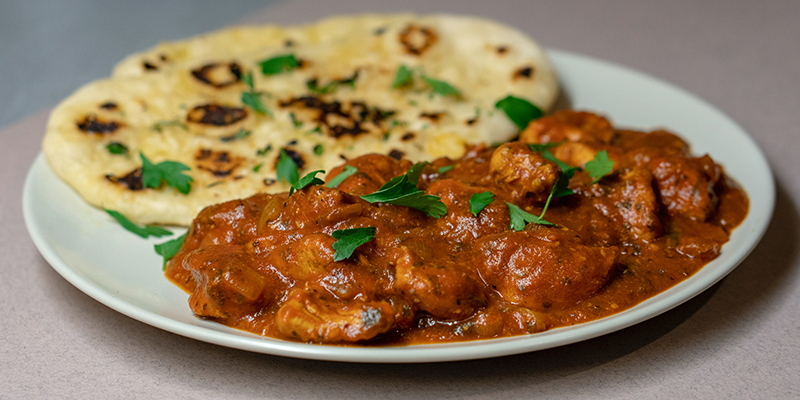We all know that protein is essential for good health, but most Indian diets are not high in protein. This can be attributed to our dishes being heavier on the carbohydrate side especially for the vegetarians. However, there are many Indian foods that contain protein too! Here we will discuss Indian foods that you should include more of in your diet if you want to consume more protein on a day-to-day basis for vegetarians as well as non-vegetarians:
Vegetarian Protein Rich Indians Foods:
Paneer:

Paneer is Indian cottage cheese, which contains around 17-20g of protein per 100g. Indian dishes that are made with paneer include paneer tikka and matar paneer are a good source of protein but make sure you don’t overdo the cream base as it will add a lot of unwanted calories and fat.
Rajma:

Rajma is a vegetarian dish with kidney beans in it, which makes for an excellent source of protein at 16% of the daily recommended allowance being just one cup. Indian recipes made from rajma include sabziya and daal roti or the classic Rajma Chawal. Indian kidney beans contain 15% protein by weight which makes them very similar to chickpeas. However, they have fewer calories than the aforementioned legumes because their carbohydrate content is lower.
Chickpeas:

These are an excellent source of vegetarian protein because they contain about 15% protein by weight! They are also a great source of fibre, folate and manganese. Also known as chole, this is a very versatile food that can be used in sabzis, salads, and our favourite, Chole Bhature. Incorporating local foods into your diet will help you consume good amounts of protein without burning a hole in your pocket.
Indian Lentils:
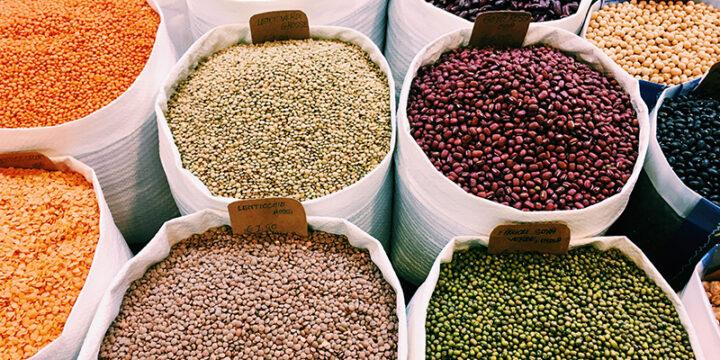
These are high in iron as well as protein. They consist of about 18% protein by weight! If you consume this food regularly then it is likely that your levels of vitamin A & C will be increased too. Soak the lentils overnight or use a pressure cooker if you are in a rush, cut some vegetables, mix in and squeeze a lemon. Voila! there you have a salad filled with protein and fibre.
Non-Vegetarian Indian Foods High In Protein:
Fish:
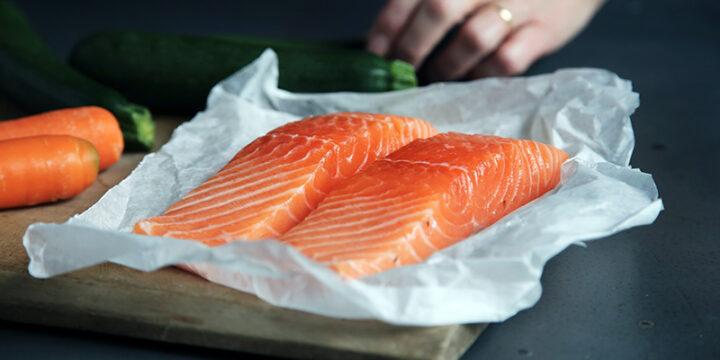
Indian fish such as hilsa which is a combination of herring and sardines offer up to 40% protein content by weight. Indian salmon also has between 25-35% protein by weight. Indian fish curries can be a great way to get your daily dose of omega-three fatty acids, which is important for heart health as well as brain function. Fish contains plenty of protein without being too high in calories so it should provide at least 20% of the total amount required on an Indian diet plan per day.
Eggs:
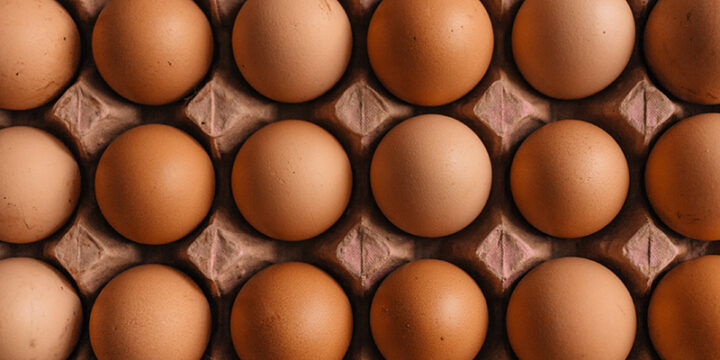
Indian egg dishes like egg bhurji can provide you with lots of healthy fat at only 190 calories per serving. This means that each egg will provide about 12 gms for your total daily requirement and they are a great way to get more quality protein into your diet without having to resort to red meats. Eggs are naturally high in both proteins as well as healthy fats so they make a lovely addition to any Indian meal – including breakfast! They also offer versatility when it comes to cooking methods since eggs can be boiled or fried without impacting the nutritional value too much.
Chicken:

Indian chicken curries are a great way to get your protein fix as well. Indian curry dishes typically use coconut milk for some of the cooking liquid and this means that they contain high levels of healthy fats along with plenty of flavours. 100 grams of chicken will provide you with around 20-30 grams based on the cut you are using.
Mutton:

Mutton is a good source of protein as well and Indian dishes that use this protein source are typically lower in fat than other meat sources. 100 grams of mutton provides you with around 18 grams of protein. Paya is a dish made from it that is known for its anti-inflammatory and nutrient-rich properties.
Pork:
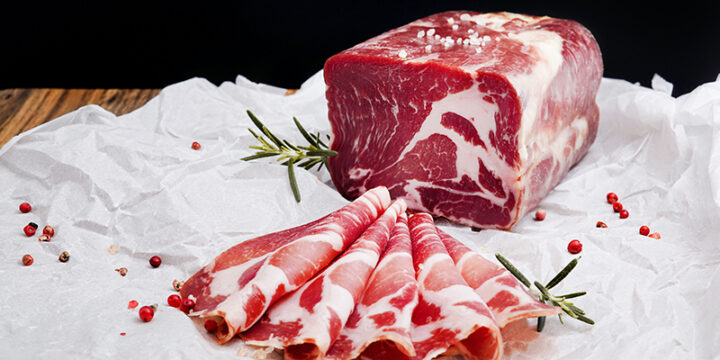
Pork is another protein source that Indian dishes often use.100 grams of pork will provide you with around 28-30 grams of protein. Indian dishes like curries and khepsa that include this as a protein source are typically rich in flavour and contain little fat.
